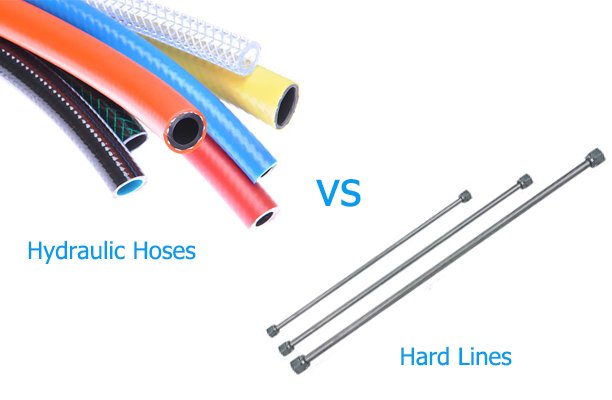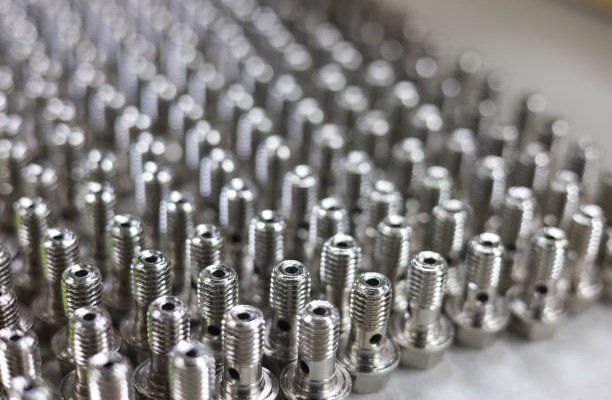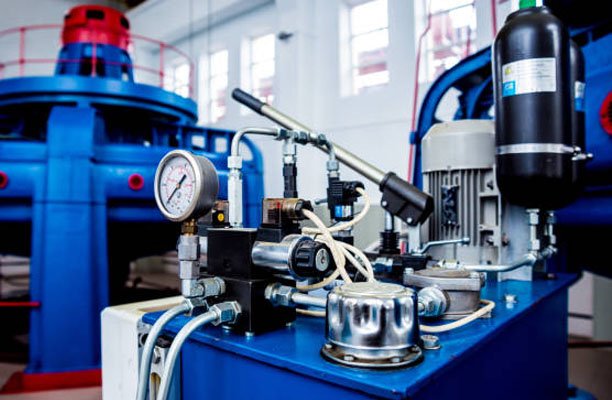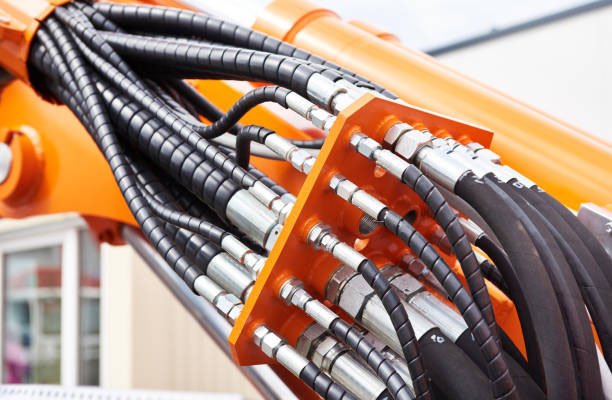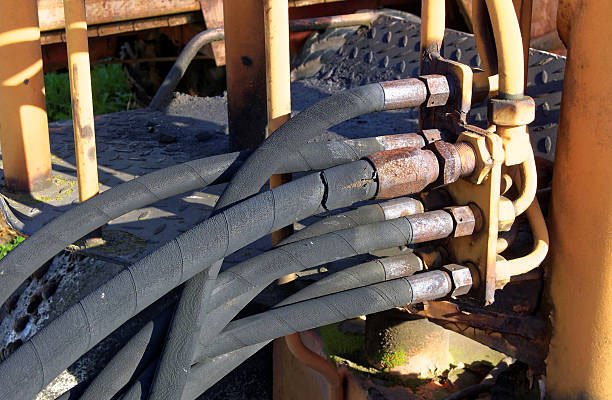Introduction
Hydraulic systems are the backbone of countless industrial and mechanical applications — from construction equipment to manufacturing automation. At the heart of these systems lies the critical decision of how to transport hydraulic fluid: should you use flexible hydraulic hoses or rigid hard lines?
This article explores the key differences between hydraulic hoses and hard lines, comparing their performance, cost, durability, and suitability across different use cases. By the end, you’ll have a clear understanding of which fluid conveyance method is right for your system.
What Are Hydraulic Hoses?
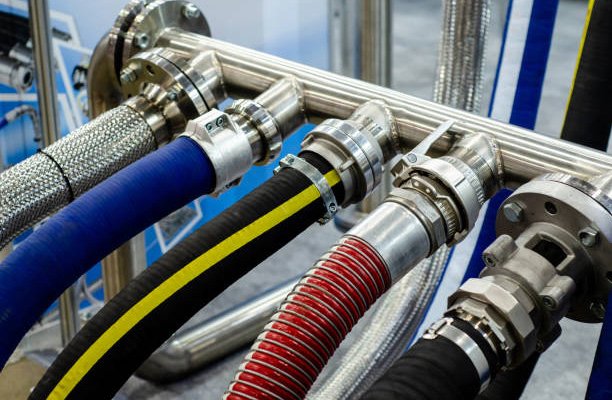
Hydraulic hoses are flexible tubes typically made from reinforced rubber, thermoplastics, or a combination of synthetic materials. These hoses are designed to carry hydraulic fluid under pressure and are reinforced with braided steel or textile layers to handle high stress and prevent bursting.
Commonly used in construction, agriculture, mining, and mobile equipment, hydraulic hoses are especially valuable when space is limited or frequent movement is required. Their flexibility allows for easy routing around obstacles and moving components, making them ideal for dynamic systems where vibration or motion is constant.
What Are Hard Lines?
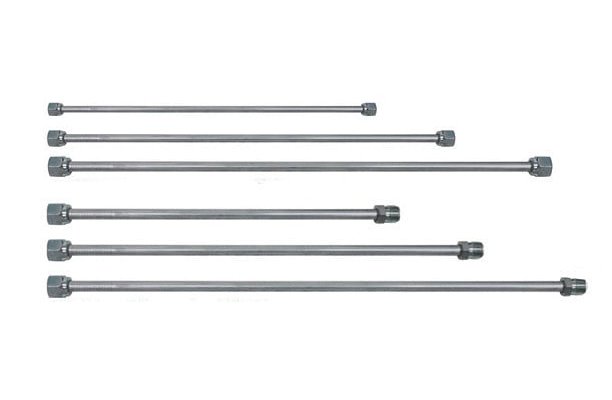
Hard lines, also known as rigid hydraulic tubing or pipes, are typically made from materials like carbon steel, stainless steel, or aluminum. These metal tubes provide a sturdy and inflexible conduit for hydraulic fluid, delivering high-pressure performance with minimal expansion or deformation.
Hard lines are favored in environments that demand consistent performance and durability, such as aerospace, automotive, and stationary industrial applications. Though they require precise bending and installation, hard lines excel in clean, static settings where movement and vibration are minimal.
Flexibility and Installation
One of the most significant differences between hydraulic hoses and hard lines is flexibility. Hydraulic hoses can be bent and routed around corners, through tight spaces, and around moving parts with ease. This makes them highly adaptable, especially in complex machinery or retrofitting projects where space constraints are a concern.
Hard lines, on the other hand, are rigid and must be pre-bent with specialized tools to precise angles. Their installation is more time-consuming and requires careful planning. However, once installed, they maintain a consistent shape and are less likely to move or shift, which can benefit system stability.
Durability and Lifespan
Durability is critical in hydraulic systems, where pressure and environmental exposure can degrade materials over time. Hydraulic hoses are susceptible to internal abrasion from fluid flow and external damage from physical contact or harsh environments. Over time, rubber and thermoplastics can crack, swell, or degrade, requiring regular inspection and replacement.
Hard lines, particularly those made from stainless steel or coated steel, are more resistant to external damage and chemical corrosion. They generally have a longer lifespan, especially in controlled environments. However, they can suffer from stress fatigue, corrosion at fittings, and cracking if subjected to high vibration or improper support.
Pressure and Temperature Resistance
Both hydraulic hoses and hard lines can be engineered to handle high pressures and temperatures, but the limits vary. Hard lines typically offer superior pressure resistance due to their rigid construction and lack of expansion. This makes them a reliable choice for extremely high-pressure systems.
Hoses can handle high pressures as well — especially when reinforced with multiple layers of steel braiding — but they may expand slightly under pressure, which can impact system responsiveness. In terms of temperature, metal hard lines often have a higher tolerance, whereas rubber hoses can degrade at extreme temperatures unless specially rated for such conditions.
Cost Comparison
Cost is a major consideration when choosing between hydraulic hoses and hard lines. Hydraulic hoses generally have a lower initial material cost and are easier to install, which can reduce labor expenses. Their flexibility also means fewer specialized tools are required for routing and connection.
Hard lines, while often more expensive upfront due to the cost of materials like stainless steel and the need for precise bending and flaring tools, can offer long-term savings through increased durability and lower replacement frequency. However, the installation process is more labor-intensive, which can increase overall project costs.
Weight and Space Considerations
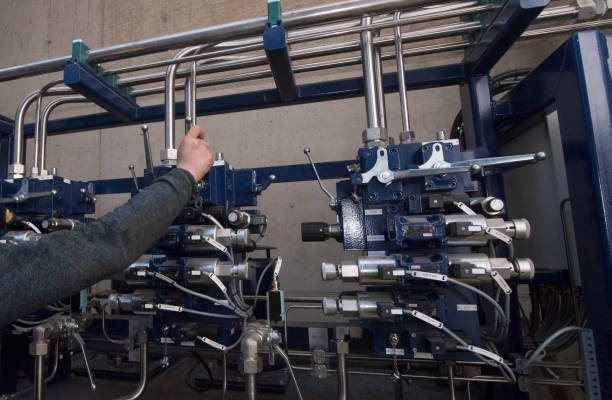
Hydraulic hoses are typically lighter than hard lines, especially in systems using lightweight thermoplastics. This makes them an attractive choice in mobile applications such as construction vehicles or agricultural equipment, where minimizing weight is crucial for fuel efficiency and performance.
Hard lines, constructed from metal, are heavier and can add significant bulk to a system. However, their rigidity can help minimize the number of support clamps and brackets needed, offering potential space savings in neatly designed layouts. The decision often comes down to balancing space constraints with system requirements.
Leak Potential and System Integrity
Hydraulic systems must maintain integrity to ensure safety and performance. Hoses, while flexible, rely heavily on crimped or swaged fittings, which can be susceptible to leaks if not properly installed or maintained. Over time, hose degradation can also lead to pinhole leaks or sudden failures.
Hard lines offer more secure connections, especially when flared or welded. They are less likely to develop leaks under static conditions, making them ideal for high-integrity systems. However, if a hard line does develop a crack or fitting issue, repairs are more complex and time-consuming than with hoses.
Vibration and Noise Dampening
Vibration and noise are critical factors in hydraulic system performance, especially in mobile or high-powered machinery. Hydraulic hoses naturally absorb vibrations due to their flexible construction, reducing the transmission of shock and noise throughout the system. This dampening effect helps protect sensitive components and improves operator comfort.
Hard lines, in contrast, can transmit vibrations and noise more readily. Without proper mounting and vibration isolators, hard lines can amplify these issues, potentially leading to fatigue cracks or system failures over time. For high-vibration environments, hoses are often preferred to improve longevity and reduce noise levels.
Customization and Field Repair
Hydraulic hoses offer significant advantages when it comes to customization and repair. Hose assemblies can often be fabricated on-site with a portable crimping machine, allowing for quick replacements in the field. This minimizes downtime and is particularly valuable in industries like agriculture, construction, and mining.
Hard lines require specialized tools and training for bending, flaring, and fitting. Field repairs are more challenging and time-consuming, often necessitating removal and reinstallation of entire sections. While hard lines offer durability, they are less convenient when flexibility and quick fixes are a priority.
Industry Preferences
Different industries have developed preferences based on their unique operational needs. In aerospace and automotive sectors, hard lines are often favored for their compactness, weight consistency, and high-pressure reliability. Their rigid nature makes them ideal for applications with precise specifications and limited movement.
Conversely, industries like construction, agriculture, and heavy machinery rely heavily on hydraulic hoses. These environments demand flexibility, rapid repairs, and resistance to environmental abuse. Hoses are also better suited for mobile systems with moving joints and dynamic components.
Environmental and Safety Considerations
Environmental impact and operational safety are important when selecting hydraulic components. Hydraulic hoses, especially those made with synthetic materials, can degrade over time and pose environmental concerns if not properly disposed of. However, newer eco-friendly materials and recycling programs are improving their sustainability.
Hard lines, particularly those made from recyclable metals like aluminum or stainless steel, are easier to recycle and less prone to sudden rupture. That said, if a hard line fails, it can lead to catastrophic leaks under high pressure. Proper installation, support, and inspection are key to minimizing safety risks for both options.
Hybrid Systems: Combining Hoses and Hard Lines
Many modern hydraulic systems employ a hybrid approach, leveraging the benefits of both hoses and hard lines. For instance, hard lines may be used in straight, static runs where durability and pressure resistance are paramount, while hoses handle areas with movement, vibration, or space constraints.
Integrating both types effectively requires careful planning to ensure compatibility in fittings, pressure ratings, and materials. When done correctly, hybrid systems provide an optimal balance of reliability, flexibility, and cost-efficiency.
Final Decision Criteria
Choosing between hydraulic hoses and hard lines depends on several factors including operating environment, pressure requirements, budget, and ease of maintenance. Below is a quick comparison table:
| Criteria | Hydraulic Hoses | Hard Lines |
|---|---|---|
| Flexibility | High | Low |
| Durability | Moderate | High |
| Installation | Easy | Complex |
| Cost | Lower upfront | Higher upfront |
| Field Repairs | Simple | Difficult |
Ask yourself: Is the system static or dynamic? Will there be high vibration? What’s the budget and timeline for maintenance? Your answers will help determine the right choice.
Conclusion
Hydraulic hoses and hard lines each bring unique advantages to a fluid power system. While hoses offer unmatched flexibility and ease of installation, hard lines deliver durability and superior pressure performance. For many operations, a hybrid approach offers the best of both worlds.
Ultimately, the decision should be guided by application-specific needs, long-term goals, and industry best practices. By understanding the key differences and weighing the pros and cons, you can make an informed, cost-effective, and safe choice for your hydraulic system.
FAQs
1. Can hydraulic hoses handle the same pressure as hard lines?
High-quality hydraulic hoses can handle high pressures, but hard lines generally offer greater pressure resistance and less expansion under stress.
2. What causes hydraulic hoses to fail?
Common causes include abrasion, heat degradation, improper installation, and exceeding pressure or bend radius specifications.
3. How often should hydraulic lines be replaced?
It depends on operating conditions, but hoses typically need replacement every 1–5 years, while hard lines can last much longer with proper maintenance.
4. Are hard lines more cost-effective in the long term?
Yes, in stable environments where movement is minimal, hard lines often require less frequent replacement and can reduce long-term costs.
5. Can you mix hoses and hard lines in one system?
Absolutely. Many systems benefit from combining both for optimal performance, using hard lines where rigidity is needed and hoses where flexibility is essential.

